What are Phishing Attacks?
Phishing is one of the fastest growing trends in cyber crime. This term has many technical definitions but in general, it refers to any form of fraudulent activity in which attackers use fake email to get access to your bank accounts, credit card details and other personal information. As soon as they have been given access, these hackers use this information to make purchases online. Most people become the victims of phishing attacks after they enter their bank details by clicking on unsolicited emails that they had not intended to open. Phishing attacks can also be carried out through other means, such as when you click on links that appear to be coming from reputable companies or when your bank sends you messages about balance changes or any other financial transactions that you did not authorize.
Types of Phishing Attacks :
Phishing has many different types that can be perpetrated against consumers. The most common type is known as a “phishing” attack, where hackers use fake email to trick you into opening phishing emails that are intended to steal your personal information.
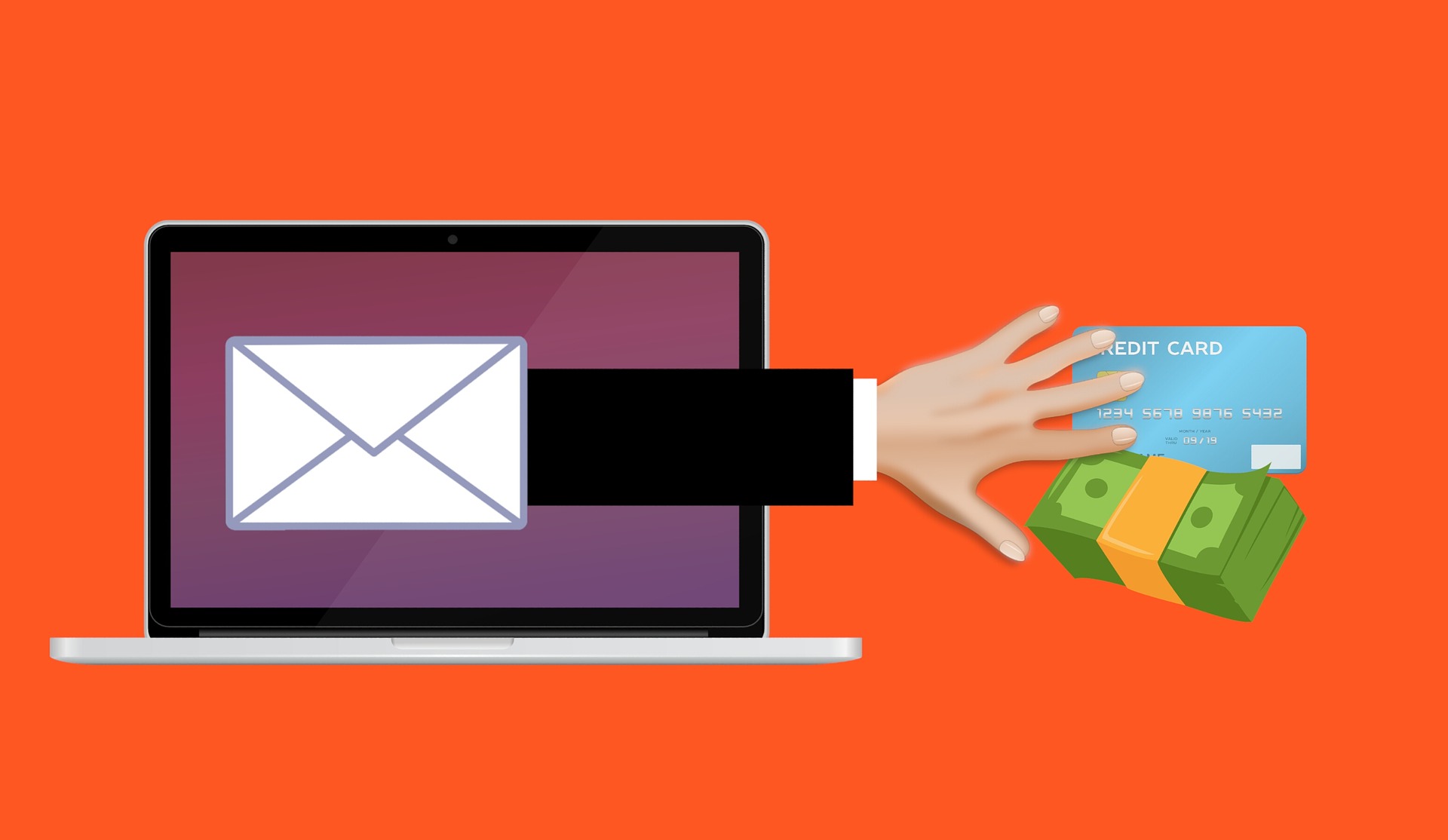
Different types of phishing attacks function in slightly different ways, but all of them require that the hacker gain access to your confidential information. While fake emails can be easily recognized as spam, legitimate emails can sometimes fool even experienced internet users. In order to protect yourself from these different types of phishing attacks, you need to understand the different types of phishing attacks.
An example of a phishing attack that requires you to key in sensitive information is the so-called “phishing attack”. A phishing attack is conducted using a number of different types of techniques, including: trickery, fake emails and malware. Trickery is performed by using apparently legitimate looking websites that look very much like the real thing, asking for your personal details. Some scammers will even claim to be offering a free download of a new program that you thought is absolutely free, and then once you pay the fee, reveal your sensitive information such as social security numbers, bank account information or passwords.
Spoofing :
Another type of phishing attacks is known as spoofing. It works by using the computer code to imitate a legitimate online security tool or website. Cybercriminals will disguise their site as legitimate security tools or websites in order to trick you into entering your login credentials. This attack requires that the user inputs their credit card or payment information when prompted for it. Unlike phishing attacks, spoofing requires that the cybercriminals obtain a legitimate-looking website. However, unlike other phishing attacks, spoofing does not require that hackers gain access to your personal information.
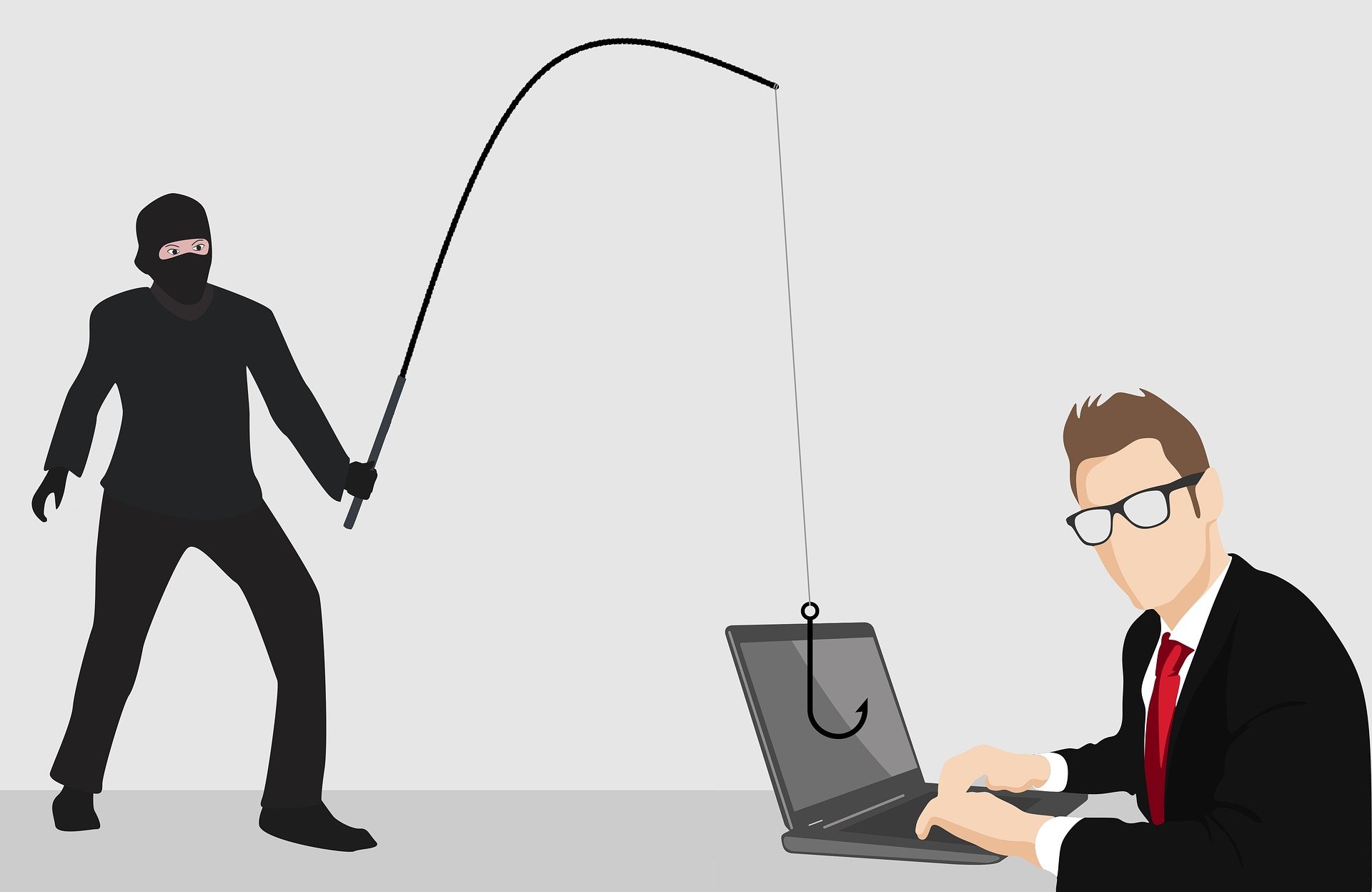
Spear Phishing:
Spear phishing attacks are executed through malicious software programs known as “spyware”. The goal of a spyware attack is to install malware onto a victim’s system and then monitor Internet usage. This type of attack requires that the cyberperformer obtain a USB drive with malicious code that he or she can insert into the victim’s computer. Once installed, the malware allows the cyberperformer to monitor all types of data remotely.
Most people are not aware that their computers are being targeted by social engineering tactics. Cyber criminals use social engineering tactics to get you to enter sensitive information on a website. A social engineering tactic is often used to obtain security clearances and passwords. Once the information is in place, it is often used to gain access to critical business data. In some cases, social engineering tactics may include obtaining passwords and security clearances from banks and other financial institutions. Businesses must take all appropriate measures to prevent and stop these types of attacks.

When it comes to preventing phishing attacks, business owners should take advantage of different types of phishing protection. Businesses can take advantage of different types of phishing protection available today on the Internet. Businesses can also take advantage of security companies that specialize in different types of phishing attacks. Security companies can offer businesses the best in phishing protection. When a company hires a security company for phishing protection, the company’s data is already protected and cannot be accessed by cyber criminals.
Businesses that fail to implement appropriate phishing protection may suffer the consequences. Businesses must make sure that they have strong passwords and do not use the same password for different accounts. The use of the same password on different accounts, even for email accounts, is considered extremely risky. It also weakens the company’s security because an intruder may impersonate the company’s CEO and access important documents. By using 2FA, an organization can ensure that its CEO and employees’ passwords and other important information are not accessible by cyber criminals.
How Phishing Attack Occurs
Phishing Attacks occurs when a cyber-offender tricks a user to enter/overcome a specific page on the web. This attack is executed by inserting a malicious script or Trojan into the web page. Once the attack has loaded, the user will be asked to enter any personal information, such as banking or credit card information, which may be exploited for online phishing. The attacker then uses this information to obtain credit cards, bank accounts, passwords and other important financial details. There are several methods used by cyber attackers to carry out phishing attacks.
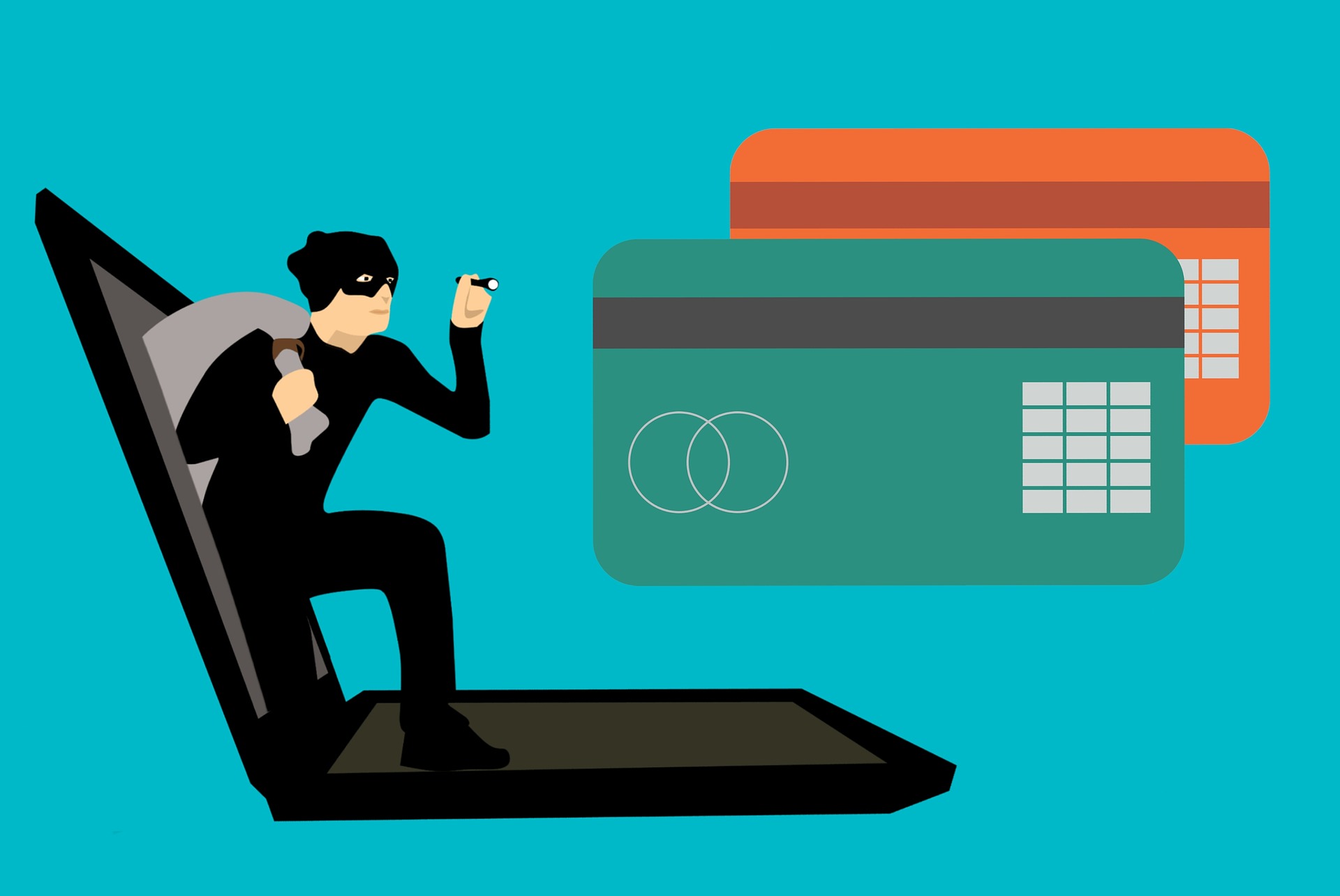
A phishing attack may involve an email address, where information such as names, addresses, account numbers and social security numbers are included in the email sent to the recipient. The method may also involve a website where valuable information can be stolen. Some of the methods used include watering hole attacks, where an email with important personal information is sent to many members of a website that are uninterested in the subject matter of the email. They are tricked into entering this information, which allows the cyber-attacker to gain access to vital information.
Pretext to attack :
Another method includes the so called ‘pretext to attack’. This method involves planting a bogus email in the hope that it will be opened by a person who is interested in the subject of the message. If the email is opened, the cyber-attacker can gain access to vital personal information. This technique is commonly used to send viruses and harmful computer files to a targeted PC. This method has been known to work on the internet, and it is possible for anyone to be attacked via this method.
Computer internet security is a priority for everyone, meaning that businesses, schools, colleges and even individuals must take steps to protect themselves from phishing attacks. To protect yourself, make sure you check your email several times a day and never just read it once. Be aware of anyone who asks for your personal information over the phone or internet. Always look out for suspicious looking websites.
It is very easy to avoid phishing attacks by following a few simple steps. If you receive an email asking for your personal information, simply delete the email and move on to another site. If you need more information, do not publish the information requested unless you are absolutely sure that it is safe to do so. You should also never click on links contained within emails or attachments.
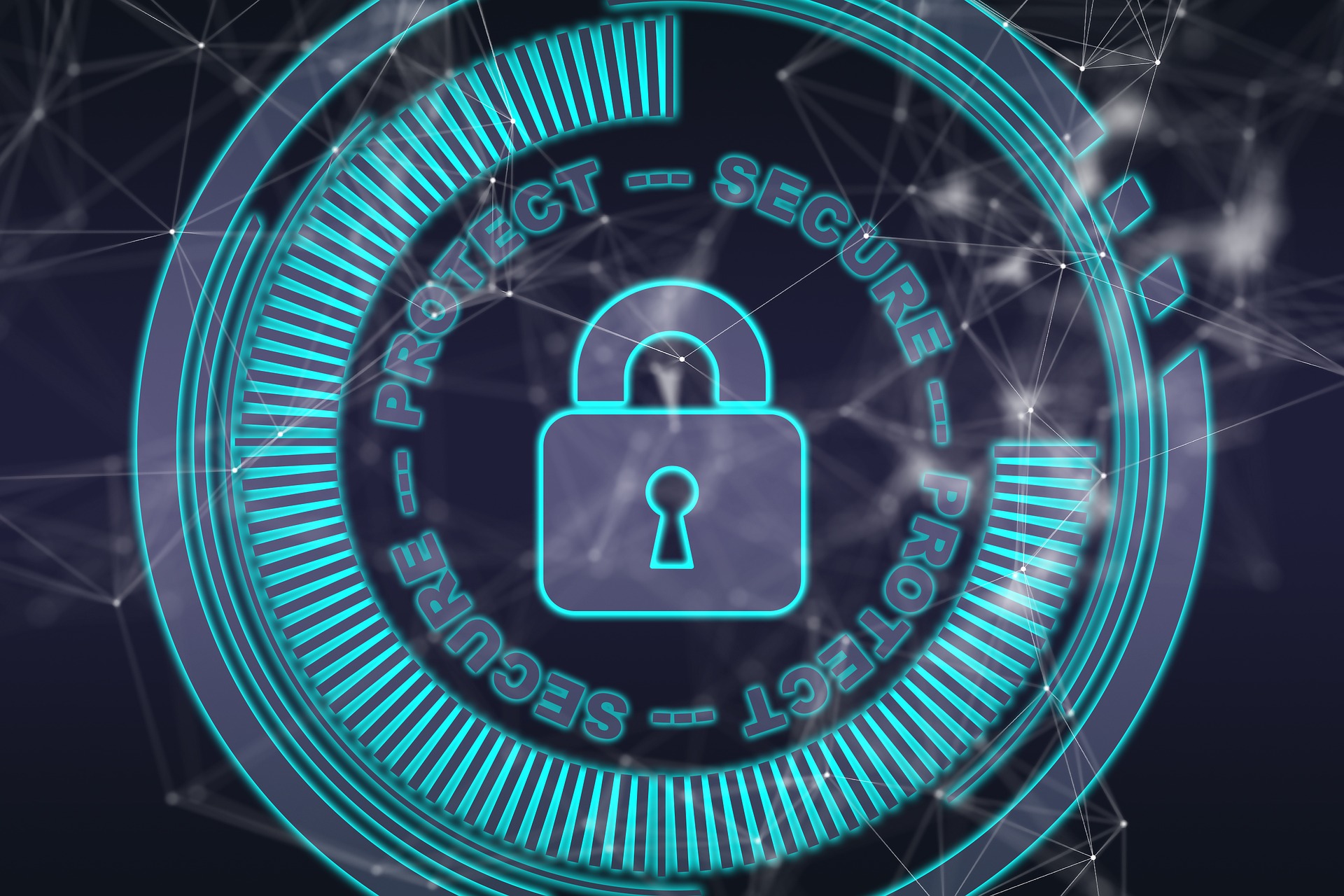
There are some very simple steps you can take to reduce the risk of phishing attacks. Be very wary of any email that contains a suspicious looking subject line. In the past, computer hackers have exploited this weakness and were able to trick victims into opening spam email attachments. Stay away from free email services. Even reputable companies have been known to provide phishing emails, as they attempt to trick you into revealing your personal details.
You should also be aware that many free online resources exist that can provide advice about how to avoid phishing. Many sites provide resources that will teach you how to avoid phishing attacks through the use of security and internet safety. Some of these sites may offer advice about how to avoid phishing through the use of different email systems, while others will give you specific advice on how to secure your email and other online activities.
The most important thing to remember about how to avoid phishing is never to respond to any type of phishing emails. Anytime you are asked to disclose your personal information by an unknown source on the internet, you should immediately contact your internet service provider and request that your account be closed until further notice. You may also want to contact the website in question and ask them whether their security processes are sufficient to protect your private information. Most large websites have taken steps to improve their security practices and should not be a cause for concern when dealing with phishing emails.
How to protect yourself from phishing attacks!
If you are having problems with phishing scams, then it would be wise to report phishing scams immediately. This is because there is no way you can stop phishing attacks once they have started. You cannot just ignore them or hope that they will go away. If you want to protect yourself from phishing attacks, then you need to know how to protect yourself from phishing scams.
To prevent phishing attacks, there are several things that you can do. One of these is to be very careful when giving out personal information. There are several reasons why people engage in phishing email campaigns. Some of these are: to sell products or services, to collect bank account information, to obtain new clients, to trick a user into clicking a link or opening an attachment, or to simply steal other people’s identity.
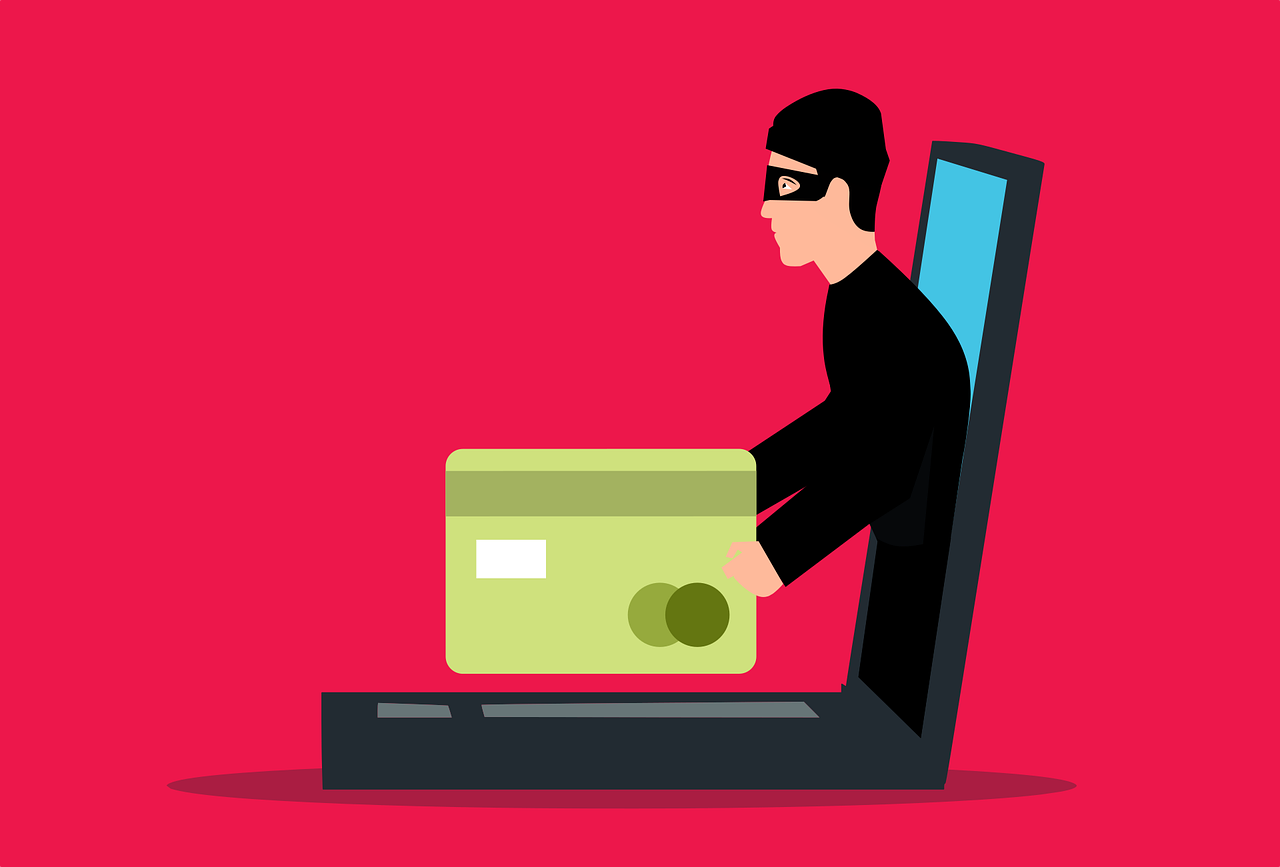
Most phishing emails are sent using a spoofing program which impersonates an official sounding website. To avoid these scams, you should avoid websites that send you unsolicited text messages and emails. Some scammers will also send you fake emails or text messages disguised as real companies or organizations. To determine if the message is real or a scam, check to see if there is an available phone number for the organization or if the name is real.
When checking on an available phone number or address, if the information is available, call the number yourself. If the information is available, use a security software program to determine if the information is legitimate. If it turns out to be a scam, report the scam to the Federal Trade Commission by calling the 800 number on the message. You can also contact the Better Business Bureau in your state for names of companies that have been reported for phishing email attacks.
Another way to tell if an email or text message is a scam is to look at the layout and grammar used in the message. A phishing scam will typically look like a legitimate business, but will often use basic bad grammar and incorrect spelling. For example, a scam would commonly use the words “free”, “bargains” or “receive discounts”. Scammers will capitalize the word “free” to emphasize that they are in fact giving you a deal or promotion when the email or text messages are not legitimate.

When reading an email or text message, look for red flags. A common indicator that the message is part of a phishing techniques campaign is broken English. Look for quotation marks that sound like they belong in the wrong place, or that have words that do not sound like the way they are spelled. Also, look for strange punctuation and font types. Scam artists know that their copy will likely be riddled with spelling mistakes and will capitalize every possible misspelling that they can. Apart from phishing attacks is you wanna avoid from all these issues you can avail hack protection’s services to fix hacked website. If things are getting serious and related to your website you can avail hack protection’s website malware removal services.

The most effective way to protect yourself from phishing attacks is to install multiple-factor authentication on your online accounts. This feature of security software is designed to make it harder for hackers to access your account because it requires two or more different passwords to be created and entered. This makes it so that even if a hacker manages to gain access to one of your online accounts, they would be unable to access any of your other accounts without your knowledge. If you want to learn more about security software and other tips that can help keep your personal information safe, be sure to contact the National Crime Victims’ Center today. They can provide you with advice on preventing phishing attacks, and they can tell you how to protect yourself from future scams.
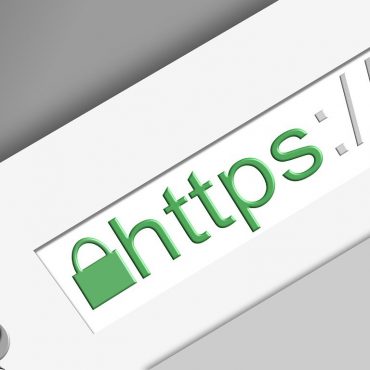
















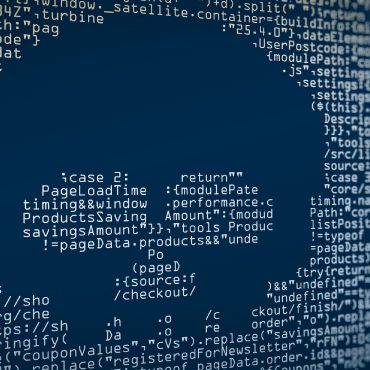

Post comments (0)